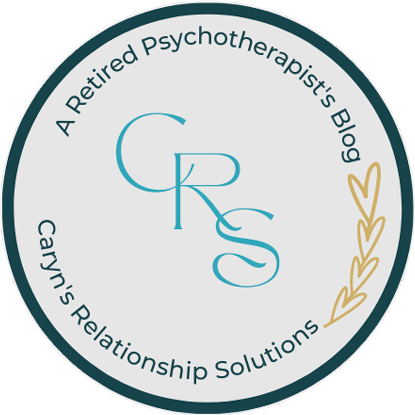A Psychotherapist’s Insight
 Photo by Jose A.Thompson on Unsplash
Photo by Jose A.Thompson on Unsplash
Sitting behind the wheel of your parked car, you collect your already over-practiced thoughts in preparation for your first therapy appointment. Eventually, you take a deep breath and walk to the office door.
Pulling it open with raw nerves and clammy hands, you enter a homey waiting area. Soft pastel hues create a bit of calm over the anxious tapping of your foot. Then the psychotherapist walks in to greet you.
You both grin while escorted to the inner office. The tension lessens, you sit, and the door to your new sanctuary is closed. Internal questions loop, wondering if the therapist is both judge and jury, a guilt-provoking parental type, or a paid ally.
It’s time to set the record straight regarding expectations for the first session.
Hopefully, you’ve done your research, checking the educational degrees, certifications, and therapeutic focus of the professional you chose. A Master’s Degree (at the very least) is essential in this area. Therapeutic intervention is based on scientific research and years of data.
But There’s No Magic Wand Involved
 Photo by Dollar Gill on Unsplash
Photo by Dollar Gill on Unsplash
Please note that no magic will take place during the first session. This initial appointment is a fact and feeling mission. Be prepared to tell the therapist why you are there, the incident that caused you to make the appointment, and your initial personal goal.
While you are speaking, he/she will ask questions and probably take notes. It is common to ask about your history while the therapist draws on a notepad creating an easy way to remember you and your family tree at the next session (and there really needs to be at least three appointments before deciding if you two are a good fit). Marriages, divorces, siblings, offspring, and deaths will be mapped onto a piece of paper using a series of circles, squares, and connecting lines.

Photo by Scott Graham on Upsplash
The therapist is looking for issues, patterns, and psychological habits. Your physical and psychological history will be explored while the therapist observes your level of emotional distress, the possibility of self-harm, overt habits, addictive behavior, and eye contact.
Note that the therapist must decide (with your input) on the focus of therapy along with a diagnosis by the close of the appointment. Know that he/she will take notes and put them in a file in their office or computer.
The chart is private and not available to others unless your situation is court-ordered or you threaten someone harm during the session. If so, the psychotherapist is mandated to report those situations to the authorities.

Photo by Moriah Wolfe on Upsplash
But let’s get on to the critical eight steps for a great first session.
Easy Do’s and Don’ts:
- Do speak with honesty. There’s no room for lies in the self-help process. It uses up time and money. A good therapist doesn’t judge but guides.
- Don’t use drugs or alcohol before your session. Smelling alcohol on your breath or noting that your eyes are dilated will indicate your inability to engage in treatment and highlight possible addictions. The therapist will focus on those issues instead of the ones you’d like to present.
- Do dress appropriately. Information is also transmitted to the therapist by your choice of attire. Casual. Professional. Chaotic.
- Don’t flirt with your therapist. Transferring your feelings onto the helping professional is common, and the therapist will recognize the behavior immediately and deflect them.
- Do show respect for the fifty-minute window of therapeutic exchange. Ten minutes before the hour is up, the session will end, and you will be walked to the door.
- Don’t drop an emotional bomb during the last ten minutes of your session. But if you do, know that the therapist will ask you to wait until the next time you are together to discuss your concerns. Still, ending the session does not indicate a lack of respect for you and your issues. It is purely good boundary-setting practice.
- Do ask the therapist for their opinion and plan at the close of the session. A homework assignment is often given to help the process move forward. Always complete it.
- Don’t expect the therapist to be a wizard or a punisher. The goal of therapeutic collaboration is to assist you in finding the healthiest and most productive manner of dancing your way through life with the greatest level of insight and positive decision-making.
Follow these eight tips to ensure a great first therapeutic session. Meanwhile congratulate yourself on making this first critical move toward a greater level of happiness and contentment.
